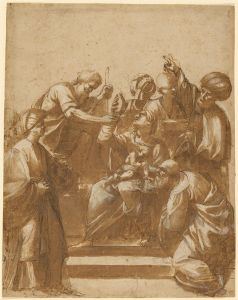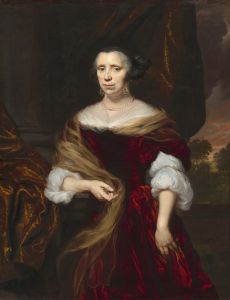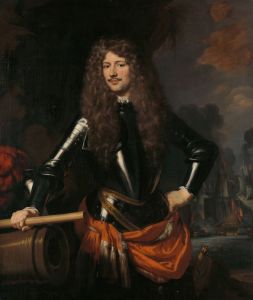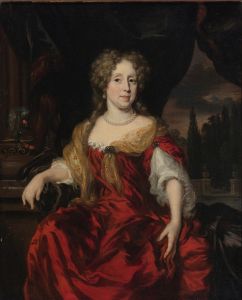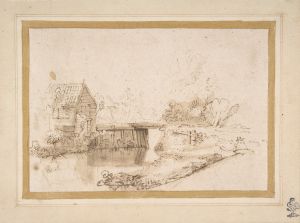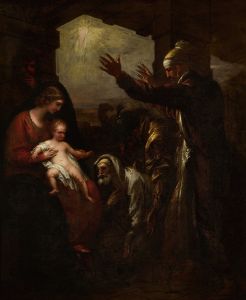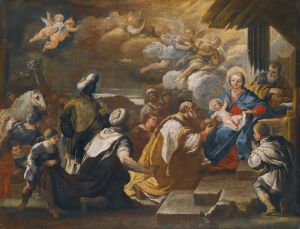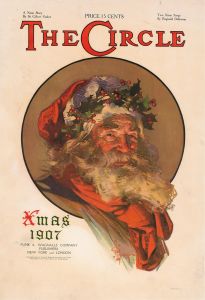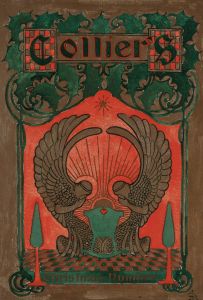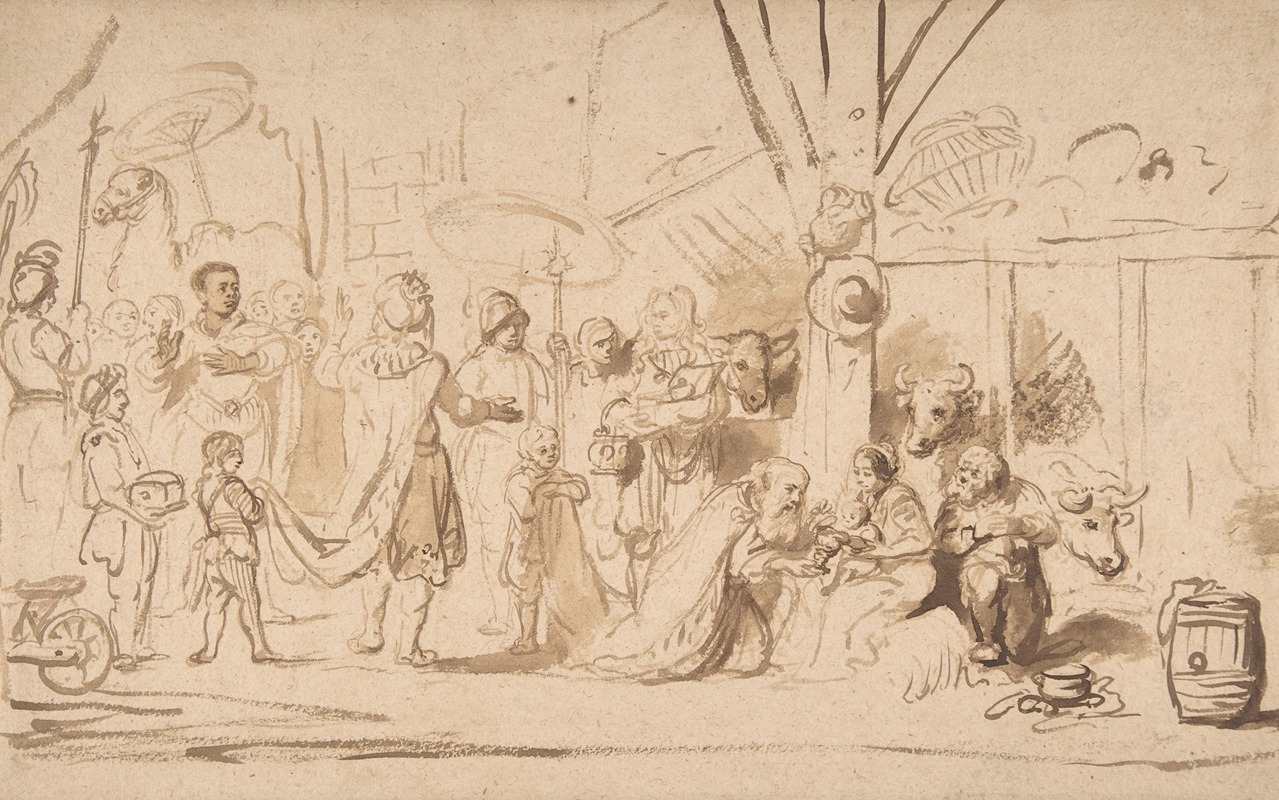
The Adoration of the Magi
A hand-painted replica of Nicolaes Maes’s masterpiece The Adoration of the Magi, meticulously crafted by professional artists to capture the true essence of the original. Each piece is created with museum-quality canvas and rare mineral pigments, carefully painted by experienced artists with delicate brushstrokes and rich, layered colors to perfectly recreate the texture of the original artwork. Unlike machine-printed reproductions, this hand-painted version brings the painting to life, infused with the artist’s emotions and skill in every stroke. Whether for personal collection or home decoration, it instantly elevates the artistic atmosphere of any space.
Nicolaes Maes, a prominent Dutch painter of the 17th century, is best known for his genre scenes and portraits. However, he also ventured into religious themes, as evidenced by his work "The Adoration of the Magi." This painting is a notable example of Maes's ability to blend his characteristic style with a biblical subject.
"The Adoration of the Magi" depicts the biblical scene where the three wise men, or Magi, visit the newborn Jesus, offering gifts of gold, frankincense, and myrrh. This event is a popular subject in Christian art, symbolizing the recognition of Christ by the Gentiles. Maes's interpretation of this scene is reflective of his Dutch Baroque style, characterized by a keen attention to detail, rich color palette, and dramatic use of light and shadow.
In this painting, Maes employs chiaroscuro, a technique that uses strong contrasts between light and dark to create a sense of volume and three-dimensionality. This technique is particularly effective in highlighting the figures of the Magi and the Holy Family, drawing the viewer's attention to the central action of the scene. The use of light not only enhances the physical presence of the figures but also imbues the scene with a sense of divine illumination, a common motif in religious art of the period.
Maes's background in genre painting is evident in the naturalistic details and the human expressions captured in the faces of the Magi and the onlookers. This attention to human emotion and interaction adds a layer of realism to the painting, making the biblical story more relatable to the viewer. The figures are depicted with a sense of individuality, each Magus portrayed with distinct features and attire, reflecting the diversity and richness of their origins.
The composition of "The Adoration of the Magi" is carefully balanced, with the figures arranged in a harmonious manner that guides the viewer's eye across the canvas. The positioning of the Magi, kneeling in reverence before the Christ child, creates a focal point that emphasizes the significance of the moment. The inclusion of architectural elements in the background provides a sense of depth and context, situating the scene within a grand, yet intimate, setting.
Nicolaes Maes's work on this painting demonstrates his versatility as an artist, capable of moving beyond the domestic interiors and portraits for which he is best known. "The Adoration of the Magi" stands as a testament to his skill in adapting his style to suit different themes, while maintaining the qualities that define his oeuvre. The painting not only reflects the religious fervor of the time but also showcases Maes's ability to convey narrative through visual art.
While specific details about the commission or the current location of this painting may not be well-documented, "The Adoration of the Magi" remains an important piece within Maes's body of work. It highlights his contribution to the Dutch Golden Age of painting, a period marked by a flourishing of artistic talent and innovation. Through works like this, Maes continues to be celebrated for his ability to capture both the sacred and the everyday with equal skill and sensitivity.






